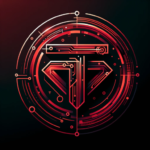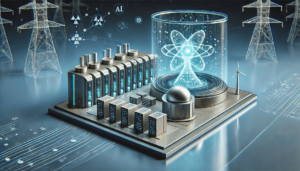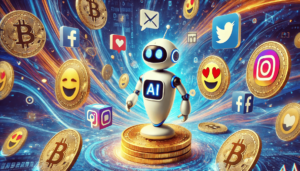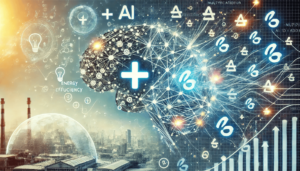The Dawn of Sora: Bridging Realities with AI
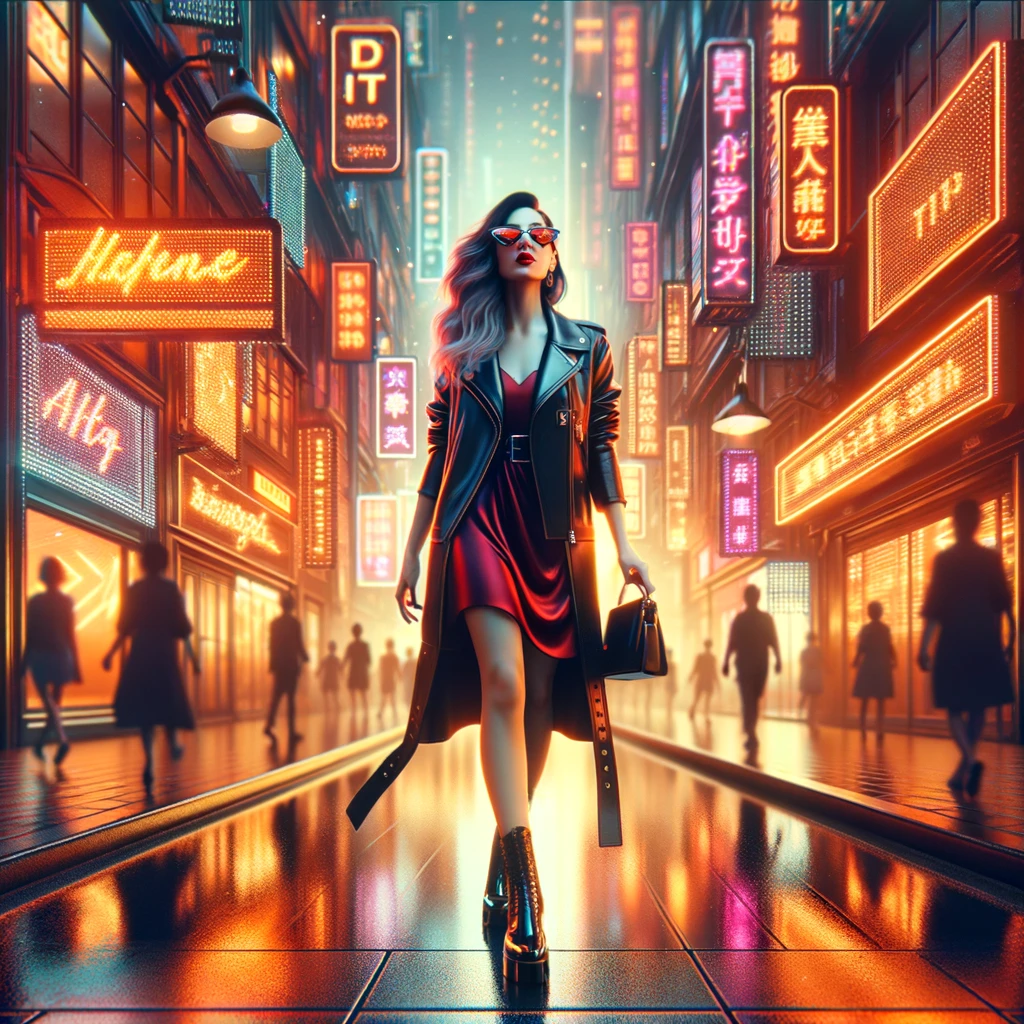
Capturing the essence of "The Dawn of Sora," this image showcases a stylish woman traversing a neon-infused cityscape, embodying the transformative blend of reality and digital innovation powered by artificial intelligence.
- How does Sora, the latest innovation from OpenAI, revolutionize the process of creating visual content through its unique ability to translate textual instructions into dynamic, detailed visual narratives?
- What key advancements in artificial intelligence and neural network architecture underpin Sora’s transformative capabilities?
- In what significant ways does the integration of Sora into various industries, from entertainment to marketing, redefine the landscape of digital creation, and what considerations must stakeholders navigate to ensure a balanced approach between automation and human creativity?
In the realm of artificial intelligence, where innovation knows no bounds, OpenAI’s latest creation, Sora, stands out as a beacon of imaginative possibilities. Sora, a diffusion model adept at creating videos from mere textual instructions, ushers in an era where the line between the creator’s vision and digital manifestation blurs. This remarkable technology, as detailed on OpenAI’s website and their comprehensive technical report, transcends traditional boundaries, offering a canvas where dreams and reality converge in dynamic visuals.
Sora’s foundation lies in its ability to transform static noise into cohesive, imaginative scenes, all derived from textual cues. What sets Sora apart is not just its proficiency in generating or extending videos but its underlying architecture, reminiscent of GPT models, which leverages a transformer framework to ensure superior scaling performance. By treating videos and images as patchwork collections, Sora transcends limitations, embracing a wide array of visual data across varying durations, resolutions, and aspect ratios.
Drawing from the research lineage of DALL·E and GPT models, Sora employs the recaptioning technique, ensuring that the generated content aligns closely with the user’s instructions. Its capabilities extend beyond generating fresh content to animating still images and enhancing existing videos, marking a significant stride toward understanding and simulating the real world. As OpenAI posits, Sora’s development is a critical milestone toward the grand vision of achieving Artificial General Intelligence (AGI).
The Breakthrough of AI: Sora Enters the Scene
To truly appreciate the transformative capabilities of Sora, OpenAI has provided a video demonstration showcasing how Sora breathes life into text instructions, creating dynamic, detailed visual narratives. Witness the power of Sora in action by viewing the example below:
The following from the OpenAI Sora page is the prompt used to generate this video: “Prompt: A stylish woman walks down a Tokyo street filled with warm glowing neon and animated city signage. She wears a black leather jacket, a long red dress, and black boots, and carries a black purse. She wears sunglasses and red lipstick. She walks confidently and casually. The street is damp and reflective, creating a mirror effect of the colorful lights. Many pedestrians walk about.”.
This video exemplifies Sora’s ability to not only understand complex instructions but to also materialize them into vivid scenes that push the boundaries of digital creativity. From the nuanced expressions of characters to the intricate details of the environments, Sora’s output is a testament to the potential of AI to augment human creativity.
Integrating Sora into the Workforce: A Future Reimagined
Reflecting on my previous explorations of AI’s impact on the workforce and the evolving job landscape, Sora represents a new frontier where creative and technological fields intersect more profoundly than ever. Introducing Sora into the digital creation process could revolutionize industries, from entertainment and education to marketing and beyond, offering tools that enhance creativity, streamline production, and unlock new forms of storytelling. However, as we embrace Sora’s potential, we must also navigate the challenges and implications it presents. The balance between automation and human creativity, the accessibility of advanced tools, and the ethical considerations of AI-generated content are topics that require thoughtful deliberation. As outlined in my articles on the evolution of the workforce in the age of intelligent tech and the unstoppable rise of AI in global labor markets, the integration of technologies like Sora demands a recalibration of skills, policies, and perspectives to ensure a future where AI amplifies human potential without diminishing the value of human touch.
The Road Ahead: Ethical Considerations and Collaborative Creativity
As we stand on the cusp of this new digital dawn, the journey of Sora from an experimental model to a foundational tool in creative industries symbolizes the broader trajectory of AI’s integration into society. The conversation around Sora and similar technologies is not just about the marvels they can achieve but also about the world we wish to build with them at our side. It’s a dialogue that encompasses not only the creators and technologists but also policymakers, educators, and, importantly, the global community whose lives and cultures these creations touch. Sora invites us to reimagine the boundaries of creativity and technology, offering a glimpse into a future where our digital and physical realities are crafted not just by the hands of artists but by the algorithms guided by our imaginations. As we venture into this uncharted territory, the collaborative synergy between human creativity and AI’s capabilities will shape the tapestry of our shared digital future.
